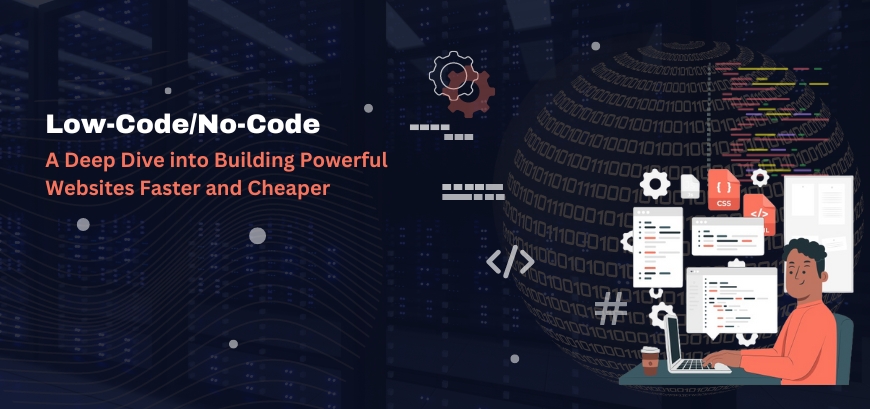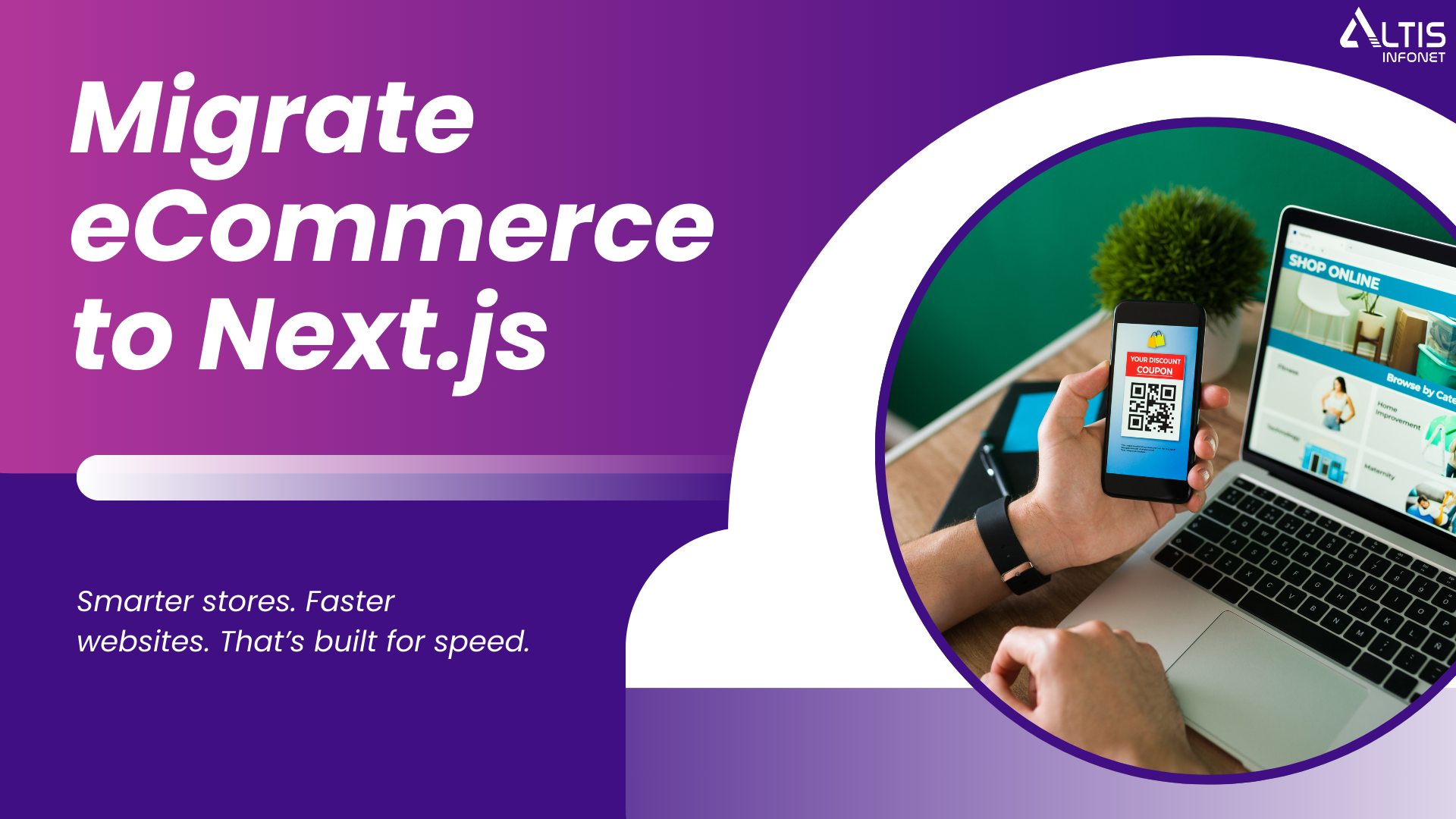The web development landscape is experiencing a paradigm shift. Low code and no code platforms are no longer just tools for citizen developers to churn out basic websites. These platforms are evolving into powerful instruments that even seasoned developers can leverage to construct complex, scalable, and secure websites – all while maintaining the speed and cost-efficiency that low code and no code is known for.
This blog dives deeper than the introductory “drag-and-drop” narrative often associated with low code and no code development. We’ll dissect the inner workings of these platforms, unveil how advanced users can harness their full potential, and explore strategies for building robust and feature-rich websites that wouldn’t look out of place in a traditionally coded environment.
Table of Contents
Unveiling the Engine: Code Beneath the Convenience
Low code and no code platforms streamline development by abstracting away the complexities of coding. However, understanding the underlying architecture empowers advanced users to achieve remarkable things. Most platforms utilize a combination of visual development tools and pre-built components. But this isn’t the whole story. Advanced users often have access to functionalities that bridge the gap between the visual and the code-based world, such as:
- Custom Code Injection: Imagine needing a specific functionality that isn’t readily available as a pre-built component. Platforms often allow embedding custom code snippets in JavaScript, Python, or other languages, enabling you to extend functionality and tailor the website to your exact needs.
- API Integrations: The world of web services is vast, and low code and no code platforms often provide seamless API integration capabilities. This allows you to connect your website to external APIs for functionalities like e-commerce transactions, payment gateways, social media feeds, or even niche services specific to your industry.
- Server-Side Logic: While the visual interface handles most of the user interaction, complex data manipulation or business logic often requires processing on the server-side. Many platforms offer platform-specific scripting languages that allow you to write custom server-side code. This unlocks a whole new level of control over data processing and website behavior.
Building for Growth and Security: Not Just for Simple Sites
Low-code/no-code platforms are shaking off the misconception that they’re solely for basic websites. Advanced features empower you to design and deploy robust solutions that can scale with your business:
- Microservices Architecture: Imagine a large, monolithic website being a tangled mess of code. Advanced low code and no code platforms allow you to break down your website into modular microservices. Each microservice can be developed, deployed, and scaled independently, fostering agility and maintainability in complex projects.
- Data Security and Governance: Security is paramount. Look for platforms offering features like role-based access control (RBAC) to restrict user access to sensitive data, data encryption for added security, and integration with external security providers for multi-layered protection.
- Version Control and Deployment: Managing code changes is crucial for any development project. Utilize the platform’s built-in version control features to track changes, collaborate efficiently, and deploy updates seamlessly with minimal downtime.
The Low Code and No Code Pro: Considerations for the Advanced User
While low-code/no-code platforms offer immense benefits, there are key considerations that become even more critical for the advanced user:
- Vendor Lock-In: Getting locked into a specific platform’s ecosystem can be detrimental. Evaluate the platform’s openness and data portability options. Ensure you can easily export your data and code if needed, allowing you to switch platforms if necessary.
- Performance Optimization: As complexity increases, so too does the need for performance optimization. Understanding the platform’s performance limitations and implementing best practices for caching, data handling, and code structure becomes crucial for ensuring a smooth user experience.
- Testing and Debugging: Testing strategies and debugging techniques tailored to the platform’s environment are essential. While some platforms offer built-in testing tools, advanced users may need to leverage external tools and develop custom testing frameworks to ensure robust functionality.
Conclusion: The Low-Code and No-Code Revolution with Expertise
Low-code/no-code platforms are democratizing web development, yet it’s the advanced users who can truly unlock their potential. By delving into the underlying architecture, leveraging advanced features, and addressing key considerations, you can build feature-rich, secure, and scalable websites at an accelerated pace and reduced cost. The low-code/no-code revolution is here to empower all developers, and with an advanced approach, you can be at the forefront, shaping the future of the web.
Seeking an Outcome-Oriented Digital Marketing Firm?
Altis Infonet Pvt Ltd is a Web Development and Digital Marketing company with a focus on client servicing through knowledge-based solutions. Our team of experts will help make your digital dreams come true!





